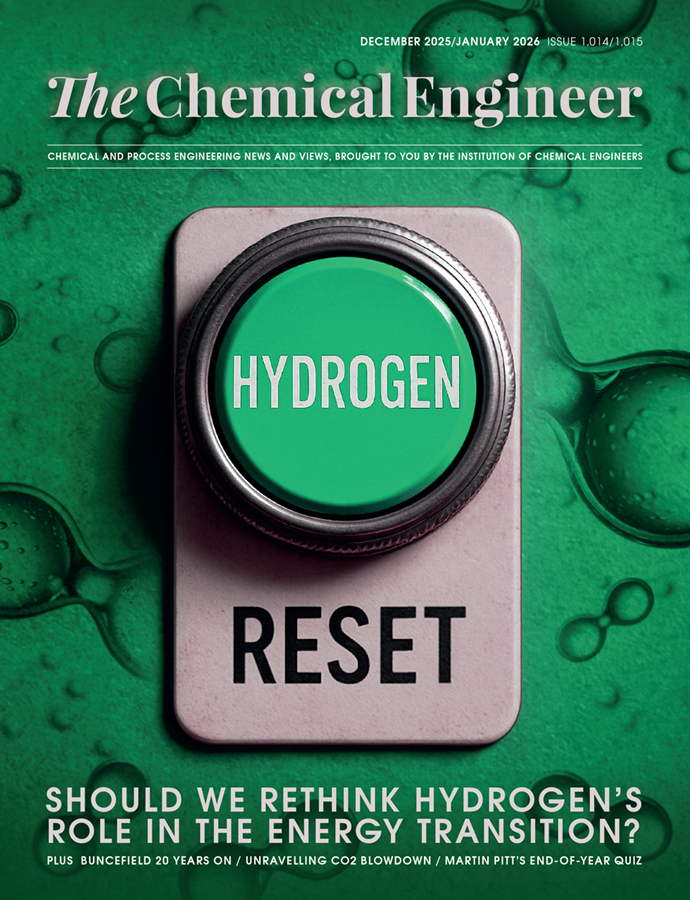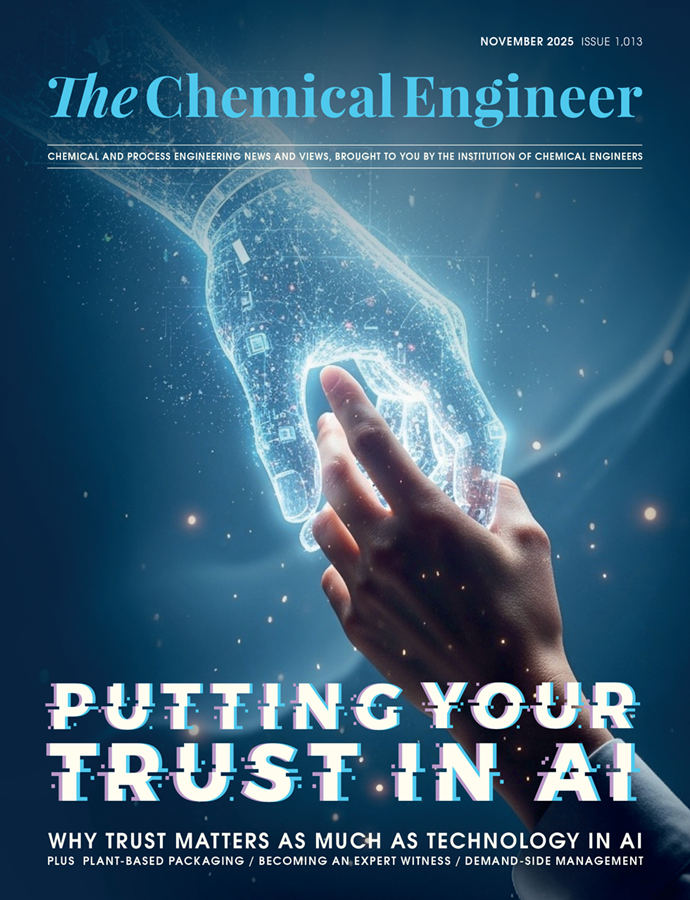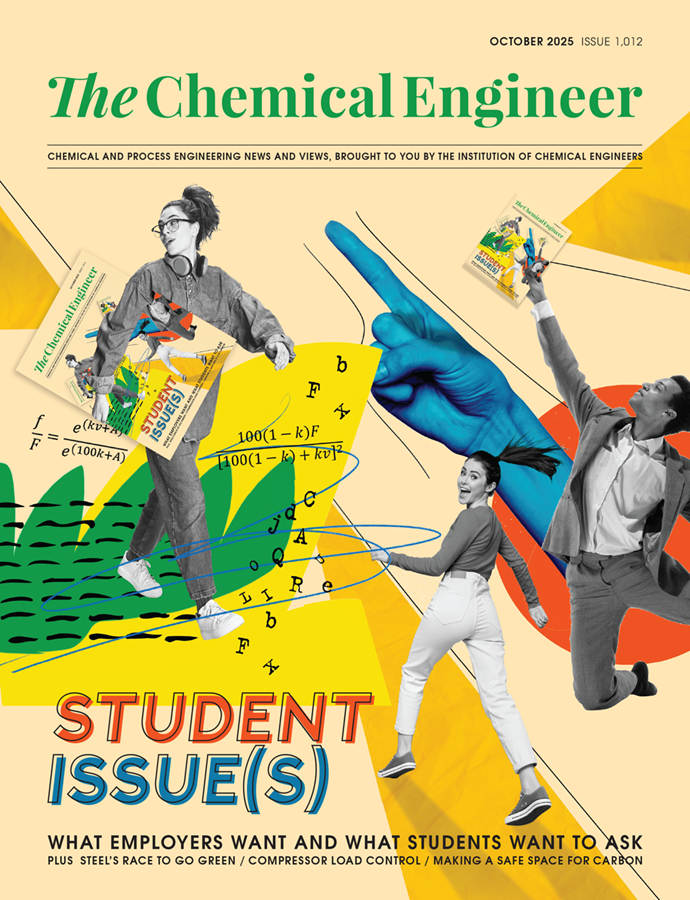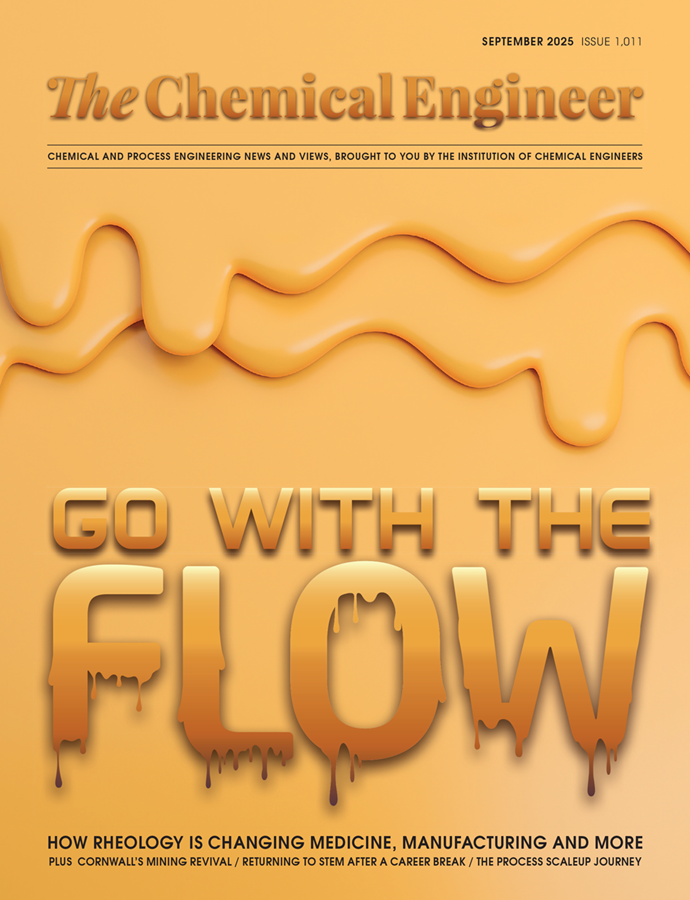INWED 2025: Schoolgirls’ confidence mushrooms after YEAIS recognition
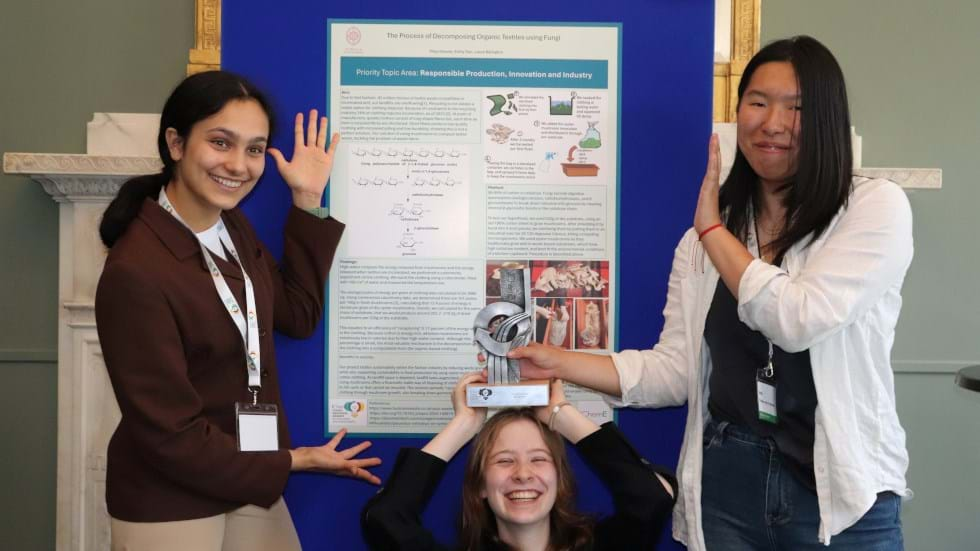
Ahead of International Women in Engineering Day, Aniqah Majid spoke to three inspiring A-level students at the Young Engineers Awards for Innovation and Sustainability about building confidence and the importance of role models
ALTHOUGH STEM roles make up a third of jobs in the UK, only around 25% are held by women. This imbalance starts well before employment, with gender disparities already evident in education and subject choices among girls.
A Department for Education study on STEM attitudes among 15- to 16-year-olds found that male students were more likely than female students to pursue STEM subjects at A-level – particularly in physics (30% male vs 8% female) and IT (16% male vs 3% female).
“Physics is our lowest subscribed subject,” says Laura, an A-level student at St Helen & St Katherine, a private girls’ day school in Oxfordshire. “I have noticed that girls in our school have tended toward biology and chemistry, so half of the year are in chemistry, and the other in biology, and there are only nine of us in physics.”
“But its even worse in other schools!” says Priya, who is in the same physics class. “I did a placement in Germany recently, and I chose physics as one of my modules, and I was the only girl in a class of 27 boys.”
Their classmate Emily suggests the imbalance is to be expected “considering the history of sexism and women being shut out in the sciences”.
I am speaking to Laura, Priya and Emily at IChemE’s Young Engineers Awards for Innovation and Sustainability (YEAIS). The trio are at the event to collect a prize for their project on using mushrooms to break down complex textile waste. The girls won in the schools category, developed to encourage engineering interest among UK students in the 16- to 18-year-old bracket.
“It was incredibly valuable to be introduced to the engineering community at the YEAIS, because the school environment is so different,” says Priya.
Emily adds: “It was definitely beneficial to speak to so many people from different disciplines and stages of life and find out what they have learned from their experiences.”
Mushrooming interest
Reflecting on the start of their project, the team recalled exploring a range of ideas and narrowing them down based on what was realistically achievable.
“It definitely took a while,” says Laura. “We got a list of all the UN Sustainable Development Goals, and we had to pick and design a project around just one, which was overwhelming as there are a lot of factors that impact climate change.”
Priya adds: “The three of us came together because we are thinkers, we like to ask questions and think about science scenarios, and the YEAIS allowed us to consolidate that interest.
“I remember Emily telling us about the production of penicillin, and that got us thinking about biological methods. I am a big forager, and I was looking into homegrown mushrooms, which you typically use pasteurised grass pellets to grow. And with this we were thinking about alternative fibres, and that’s how the project started.”
Dedicated to addressing the global challenge of fast fashion waste – estimated at 92m t of textile waste annually, according to the UN Environment Programme – the girls’ project explored using mushrooms, specifically oyster mushrooms, to compost textile waste.
Their research found that cotton is rich in cellulose, which fungi break down into glucose using digestive exoenzymes. The team discovered that oyster mushrooms – known for thriving on wood-based substrates – could grow on waste textile material from industry made of 100% cotton, recapturing a portion of the material’s energy that would otherwise be lost through standard incineration.
Emily explains: “At first, we wanted to use mushrooms to break down microplastics but realised that it wouldn’t really work as we would not have a viable byproduct with the mushrooms. We also needed to work on how to cultivate the mushrooms sustainably, which requires specific conditions like freshwater and defined pH levels.”
Presenting their findings at the YEAIS, the girls agreed the competition boosted their confidence in STEM knowledge and presentation skills – abilities they don’t often get to develop in school.
Priya says: “I feel like I am someone who is always doubting themselves, and this experience has given me a lot of confidence as I have met people who have taken what I say seriously and engaged with me.”
Role models
Besides physics, the girls have mostly chosen other STEM subjects in their A-levels, namely, maths, chemistry and biology. Laura attributes her interest in STEM to her family, which is largely made up of physicists and mathematicians.
She says: “It is definitely proof that the more contact you have with a subject, the more willing you are to consider it as a career. And because I was so exposed to physics growing up, I realised this is what I want to do.”
The girls agree that having relatable role models outside of their families has been important to their development.
Priya says: “When you are looking at famous scientists, there is a disconnect as you usually put them on a pedestal. I have found that my teachers actually have a huge influence on me because I see them on a daily basis and their enthusiasm is inspiring. Just being able to share your curiosity and excite others with it is a very powerful skill.”
Emily agrees: “We do have some pretty amazing teachers, especially our physics department.”
Looking ahead to next year’s YEAIS participants, the trio have some down-to-earth advice for future entrants.
“Do a project that you are genuinely passionate about,” says Emily. “And make sure you have good teammates you can work well with.”
Priya adds: “Just lose yourself in the process, enjoy it, and don’t think of it as work, I certainly didn’t!”
Recent Editions
Catch up on the latest news, views and jobs from The Chemical Engineer. Below are the four latest issues. View a wider selection of the archive from within the Magazine section of this site.

